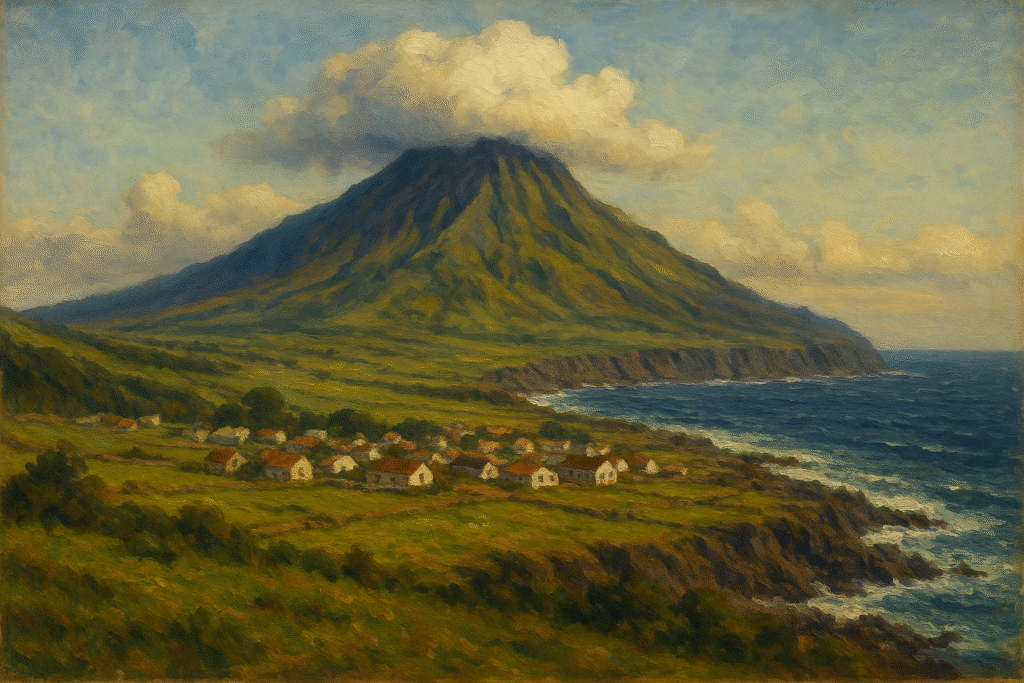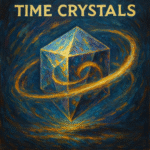Tristan da Cunha, frequently cited as the most remote inhabited island, sits isolated in the South Atlantic Ocean, over 2,400 kilometers (1,500 miles) from Saint Helena, the nearest inhabited landmass, and thousands of kilometers from both South Africa (2,816 km/1,750 miles) and South America (3,360 km/2,088 miles). Part of the British Overseas Territory of Saint Helena, Ascension, and Tristan da Cunha, this archipelago boasts a unique ecosystem and a small, tight-knit community of around 250 residents. This comprehensive guide explores Tristan da Cunha’s history, culture, challenges, and significance in a global context, providing a detailed look at life on this extraordinary island.
A Glimpse into Tristan da Cunha’s History and Cultural Heritage
Early Discovery and Settlement
Discovered in 1506 by Portuguese explorer Tristão da Cunha, the island remained largely uninhabited for centuries. While occasionally visited by sealers and whalers, permanent settlement didn’t occur until the early 19th century. British strategic interests, particularly the desire to prevent the French from using the island as a base to rescue Napoleon Bonaparte from his exile on Saint Helena, led to a small garrison being established in 1816. This was followed by the arrival of permanent settlers in 1817, a mix of British and Irish soldiers, along with some civilians. Later, shipwrecked sailors and Norwegian whalers joined the fledgling community, contributing to the island’s unique cultural melting pot. (source: Atlasobscura)
Language, Traditions, and the Spirit of Community
The unique blend of settlers has resulted in a distinct dialect known as Tristan English, characterized by influences from various origins. The community, predominantly members of the Church of the Ascension, exhibits a remarkable spirit of cooperation and mutual support. This stems from the necessity of shared resources and the collective experience of living in such an isolated environment. Annual festivals, traditional music and dance, storytelling, and communal meals featuring locally sourced fish, sheep, and potatoes further solidify their unique identity and reinforce social bonds. The close-knit nature of the community is palpable in every aspect of island life, fostering a strong sense of belonging and resilience.
Challenges and Lifestyle on the Most Remote Inhabited Island
Isolation and Accessibility: Navigating the Distance
Reaching Tristan da Cunha is an adventure in itself. Regular passenger ships are non-existent. The only access is via a week-long sea voyage from Cape Town, South Africa, on fishing vessels that make infrequent trips to the island. This isolation significantly impacts access to goods, services, and, crucially, healthcare. The island has a small hospital with basic facilities, but serious medical cases require evacuation to Cape Town, a logistical challenge that can be life-threatening in emergencies. The limited infrastructure also necessitates reliance on correspondence courses and online learning for education beyond age 15, presenting unique challenges for students aspiring to higher education.
Environmental and Economic Realities: A Delicate Balance
Life on Tristan da Cunha is shaped by the island’s unique environment. Harsh weather, including strong winds, heavy rainfall, and rough seas, impacts agriculture, fishing, and daily life. The island’s volcanic nature poses an ongoing risk, with the last major eruption in 1961 forcing the entire population to evacuate to the UK for two years. The economy is largely dependent on the sustainable harvesting of marine resources, primarily rock lobster (crayfish) and squid, exported to international markets. This reliance on a single industry underscores the critical need for careful resource management and diversification to ensure long-term economic stability.
Tristan da Cunha’s Global Significance: More Than Just Remote
Biodiversity Hotspot and a Living Laboratory for Research (Tristan da Cunha: The Most Remote Inhabited Island in the World)
Tristan da Cunha’s isolated location has resulted in a unique and fragile ecosystem. It is home to a remarkable array of endemic flora and fauna, including the critically endangered Tristan Albatross and the Inaccessible Island Rail, the smallest flightless bird in the world. This makes the island a biodiversity hotspot and a critical site for conservation efforts. Its pristine environment also provides a valuable opportunity for scientific research, particularly in areas such as climate change impacts, invasive species management, and ecological adaptation. The island serves as a natural laboratory for studying the effects of environmental changes and developing sustainable practices.
Cultural Heritage and the Rise of Sustainable Tourism
Tristan da Cunha’s unique cultural heritage, born from its history of isolation and resilience, is a valuable asset. The islanders’ way of life, their traditions, and their strong community spirit offer a fascinating glimpse into a world apart. This, combined with the island’s remote location and pristine natural beauty, has led to a growing interest in adventure tourism. Managing this burgeoning tourism sector sustainably is crucial, ensuring that the influx of visitors benefits the community while preserving the island’s unique culture and environment. Strict visitor limits and community involvement in tourism management are essential to achieving this balance.
Practical Examples and Case Studies
The 1961 volcanic eruption provides a powerful case study of the community’s resilience and the challenges of living on an active volcano. The entire population was evacuated to the UK, and despite offers to resettle permanently, the vast majority chose to return to their island home two years later, demonstrating a profound connection to their land and culture. The island’s lobster fishery also serves as an example of successful sustainable resource management, with strict quotas and regulations in place to ensure the long-term health of the lobster population.
Expert Insights and Industry Analysis
Ecologists and conservationists highlight Tristan da Cunha’s importance as a biodiversity hotspot, emphasizing the need for continued research and conservation efforts to protect its unique flora and fauna. Economists studying remote island economies point to the challenges of dependence on single industries and the importance of diversification. Social scientists studying the community emphasize the strength and resilience derived from their shared history and close-knit social structure.
Step-by-Step Explanation: Visiting Tristan da Cunha
1. Contact the Tristan da Cunha Administration: Secure permission well in advance as visitor numbers are strictly limited.
2. Book passage on a fishing vessel: These are the only vessels that travel to the island. Be prepared for a week-long journey.
3. Arrange accommodation: Options are limited, so book in advance with the administration.
4. Pack appropriately: Consider the unpredictable weather and pack for all conditions.
5. Respect local customs and traditions: Engage respectfully with the community and adhere to their guidelines.
Future Trends and Predictions
Climate change poses a significant threat to Tristan da Cunha’s fragile ecosystem. Rising sea levels, changing weather patterns, and ocean acidification could have severe consequences. Diversifying the island’s economy, developing renewable energy sources, and strengthening climate resilience are crucial for its future. The growing interest in sustainable tourism could provide new opportunities, but careful management is essential to prevent negative impacts on the environment and the local culture.
Actionable Recommendations
* Support sustainable tourism initiatives: Choose responsible tour operators committed to preserving the island’s environment and culture.
* Contribute to conservation efforts: Donate to organizations working to protect the island’s unique biodiversity.
* Advocate for climate change action: Support policies and initiatives that address the global climate crisis.
* Learn about Tristan da Cunha’s unique culture and history: Promote awareness and appreciation for this remote community.
Comparative Analysis: Other Remote Islands
While Tristan da Cunha is widely considered the most remote inhabited island, other remote islands like Easter Island, Pitcairn Island, and the Kerguelen Islands offer interesting comparisons. Each island has its own unique history, culture, and challenges, providing insights into the diverse ways humans adapt to life in isolated environments. However, Tristan da Cunha’s distance from any other inhabited land distinguishes it as truly exceptional.
Conclusion: Embracing the Remoteness of Tristan da Cunha
Tristan da Cunha stands as a testament to human resilience, adaptability, and the enduring connection between people and place. Its unique cultural heritage, rich biodiversity, and research opportunities highlight its global significance. Understanding and protecting this remote island, and others like it, broadens our understanding of human adaptability, the importance of sustainable living, and the interconnectedness of our planet. By supporting responsible engagement with these remote communities, we can contribute to their continued prosperity and ensure the preservation of their unique heritage for future generations.


